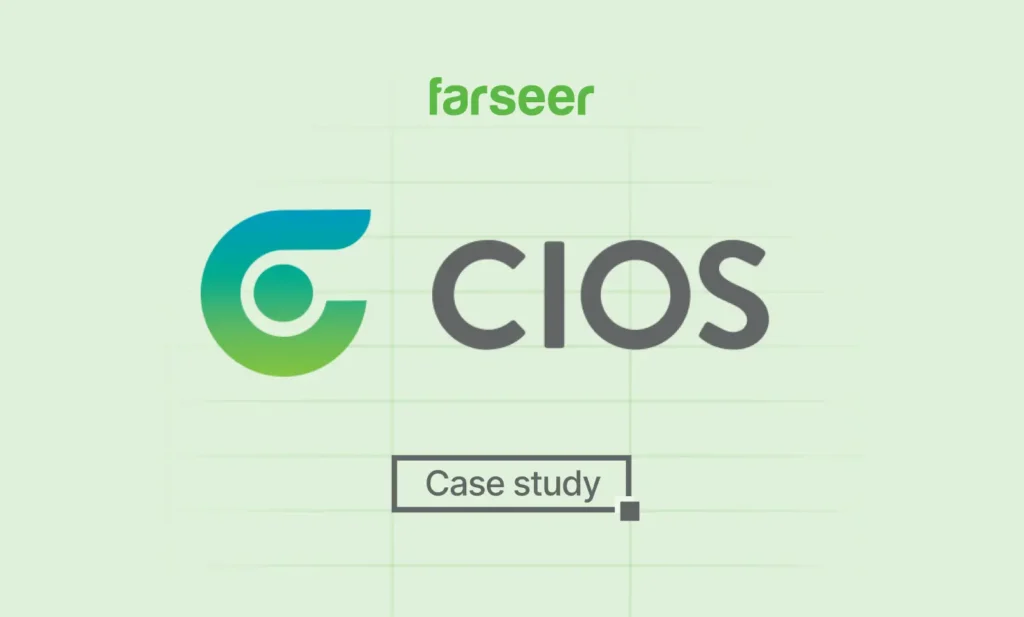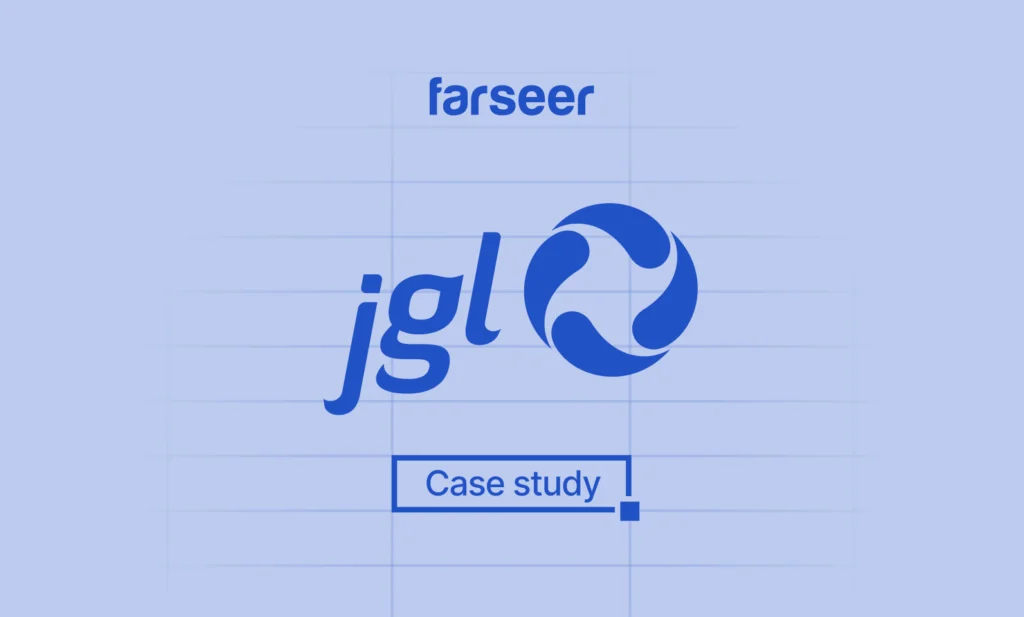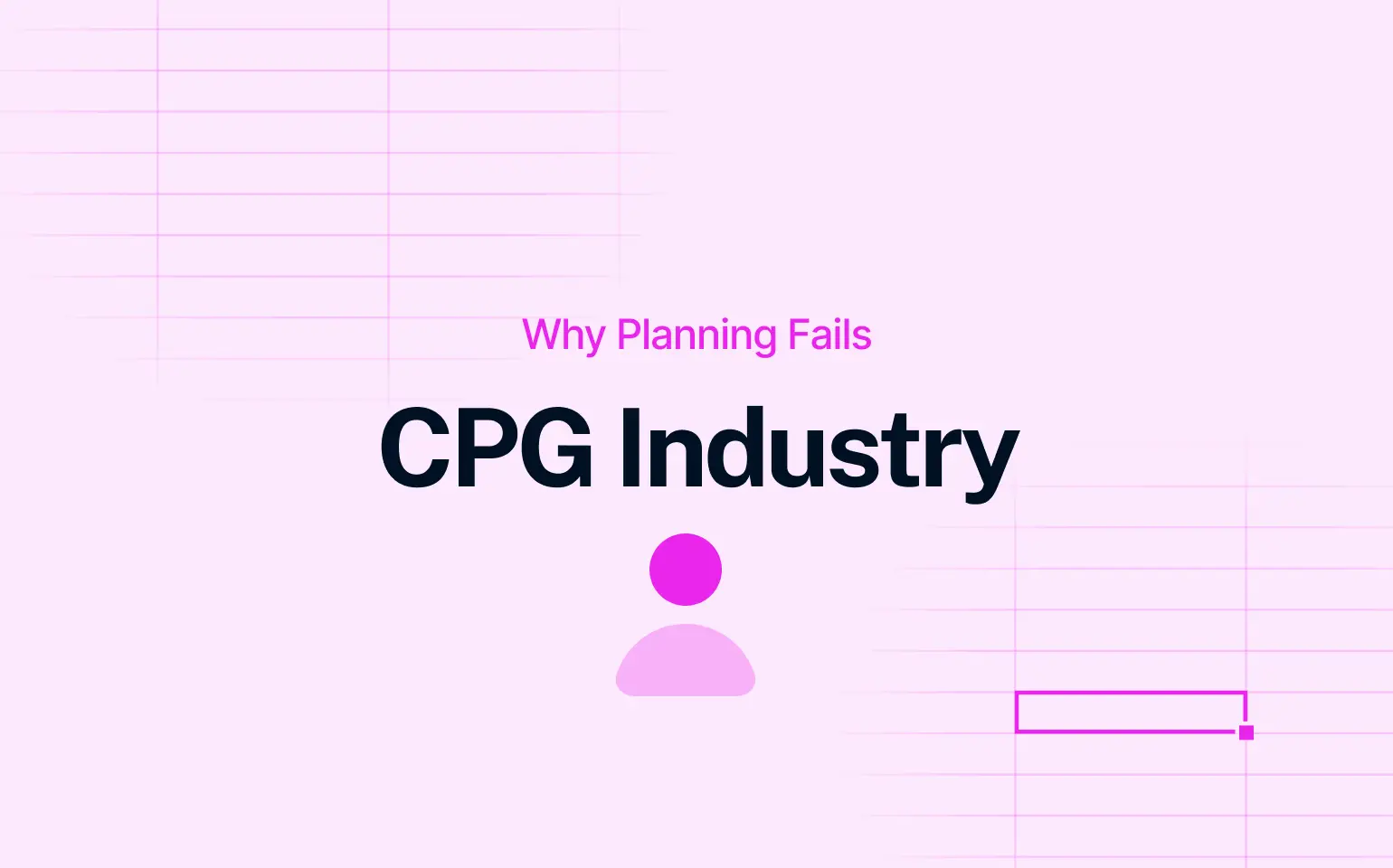Financial planning in medium and large organizations gets really complicated. And if it is spread across multiple regions and business units the pain only gets worse.
Often, plans live in silos – sales forecasts live in one (if you are lucky) or several sheets, production plans in another, and HR and CAPEX are scattered across systems. In this kind of mess, while you try and gather all the information needed, forecasts can feel outdated the moment they’re finalized. And if you add market conditions shift, supply chains delay, inflation bites, and regulations tightens, into the equation, it can take weeks just to figure out where you stand.
Read Strategic Financial Planning: How to Plan for Success
It’s no surprise that the military-coined term VUCA (Volatility, Uncertainty, Complexity, Ambiguity) has become common in boardrooms. This is what finance teams face every day.
But don’t worry, we have some good news for you. With the right approach, corporate financial planning doesn’t have to be a constant fire drill. Let’s discuss how we can help you move from being reactive to becoming a strategic driver of your company’s success.
What Is Corporate Financial Planning?
Basic definition is that the corporate financial planning is an ongoing process that aligns business’s financial strategy with its operational and strategic goals. By doing financial planning right, you and your team can be sure that every decision you make, from hiring to pricing, is based on accurate and timely financial insights.
But here’s where many organizations get stuck: they treat planning as a one-time exercise. They build a budget, lock it in, and hope for the best. This is a legacy practice, but it is still strongly present in modern companies, causing their processes and efficiency to suffer. Let’s see the main differences between traditional and modern corporate financial planning.

Traditional budgeting vs modern FP&A
Traditional budgeting is like setting your GPS for a destination and refusing to reroute, even when there’s a roadblock. Your team spends months creating a detailed plan, but one supply chain disruption or material price spike later, it’s irrelevant and false.
Modern financial planning fixes this by combining operational plans (sales, production, inventory) and financial models in one place. HR and CAPEX planning align with revenue and cost projections. Departments collaborate in real time. There is no more version chaos, no more endless email chains.
The goal isn’t to add complexity. It’s to simplify what’s become unmanageable.
The 5-Step Corporate Financial Planning Process for Greater Efficiency
Step 1: Align financial plans with strategic objectives
As mentioned before, too often financial planning happens in isolation from real business goals, and as a result, plans that look good on paper often fail under real-world pressure.
The first step is to start by translating strategic objectives, whether it’s entering a new market, preparing for M&A, or responding to raw material price volatility into clear, actionable financial targets.
For example, Plinacro used Farseer, a modern FP&A (Financial Planning & Analysis) software, to centralize planning across business units, enabling better alignment of operational and financial objectives. This allowed them to cut planning time by 60% and support more accurate CAPEX planning for critical infrastructure investments.
Fragmented systems are a significant bottleneck. If 10 departments in one company are working on separate Excel models, this can result in weeks of manual reconciliation and frequent mismatches in financial reports.
This is exactly what happened to CIOS Group, the leading waste management company in Croatia, with around 15 legal entities operating under one roof. Each of the 15 entities sent in massive Excel files that were 30, sometimes 40 tabs deep. The finance team had to open every one, unlock them, fix broken formulas, reapply protections, and then somehow piece them all together into one master file. It got the job done, but only because the team went above and beyond to keep the process from falling apart.
By implementing Farseer and centralizing planning data on a unified FP&A platform, teams eliminate version chaos and gain a real-time view of the business, reducing the time spent on consolidation.
Step 3: Replace static budgets with rolling forecasts
Let’s say you work in automotive or manufacturing. Why these industries exactly, you might ask? They are two most common industries where the entire budget is still set annually.
Working there and being able to rely on that budget is close to mission impossible (without Tom Cruise to save the day), taking into consideration all dependencies you face in this industry, you know that the budget will break at the same moment that any of the predefined conditions shift.
When you implement rolling forecasts, you gain the flexibility to adjust plans based on real data and current assumptions, keeping your plans up to date with environmental changes.

Step 4: Embed collaboration across departments
When a company works in silos, finance teams are forced to chase updates and clean up numbers that don’t match. This slows decision-making and increases error risk.
Modern FP&A processes enable real-time collaboration, where departmental plans (sales forecasts, production schedules, workforce plans) feed directly into the financial model. This not only improves accuracy but also fosters ownership across functions.
Step 5: Leverage modern FP&A tools for speed and accuracy
Legacy tools like Excel are no match for today’s complexity. Medium-to-large enterprises need platforms that:
- Integrate seamlessly with ERP (SAP, Oracle, etc.) and other systems
- Support robust scenario modeling (e.g., inflation spikes, supply chain delays)
- Automate data consolidation and reporting
For example, JGL, Croatia’s first private pharmaceutical joint-stock company, cut their planning time by 50% after moving from Excel to Farseer. Their finance team now focuses on high-value analysis instead of manual number crunching.
How Technology Changes the Financial Planning Game
Technology steps in as the foundation for modern financial planning. With the right FP&A platform, like Farseer, as the foundation for modern financial planning, you can:
- Replace Excel chaos with real-time dashboards that provide instant clarity.
- Integrate seamlessly with ERP, HR, and operational systems to eliminate data silos.
- Run robust scenario models that let you answer “what if?” before crises hit.
- Empower your team to focus on strategy instead of firefighting.
For medium-to-large enterprises, this shift isn’t about chasing technology trends. It’s about building resilience and giving your finance function the agility to lead through uncertainty.
Your team could be next. Ready to see how?
Đurđica Polimac is a former marketer turned product manager, passionate about building impactful SaaS products and fostering connections through compelling content.






